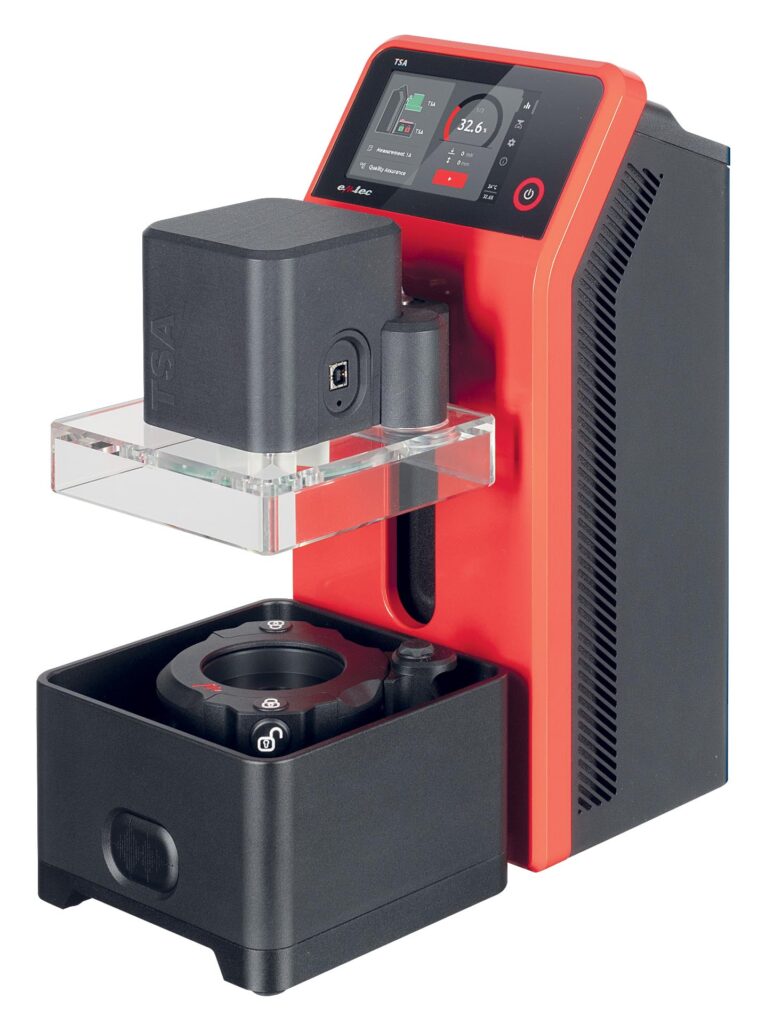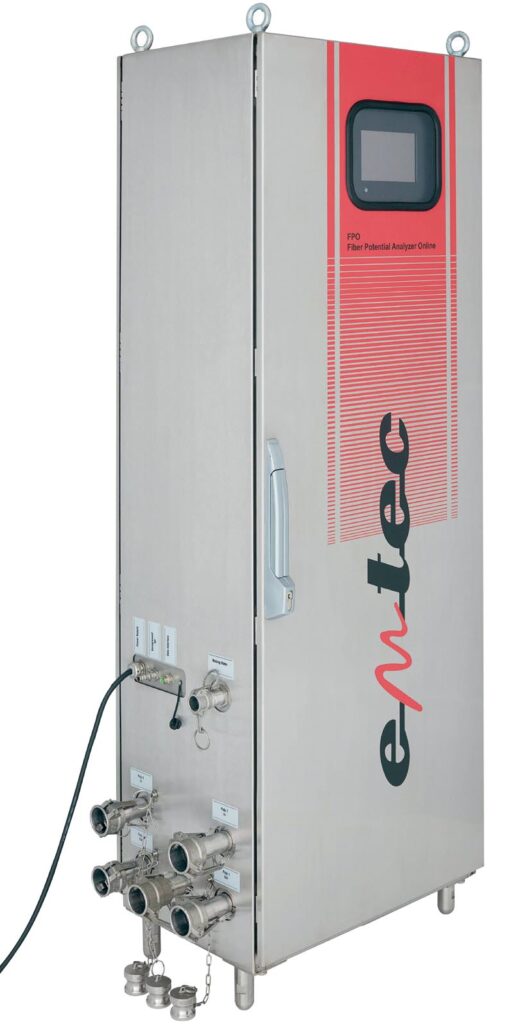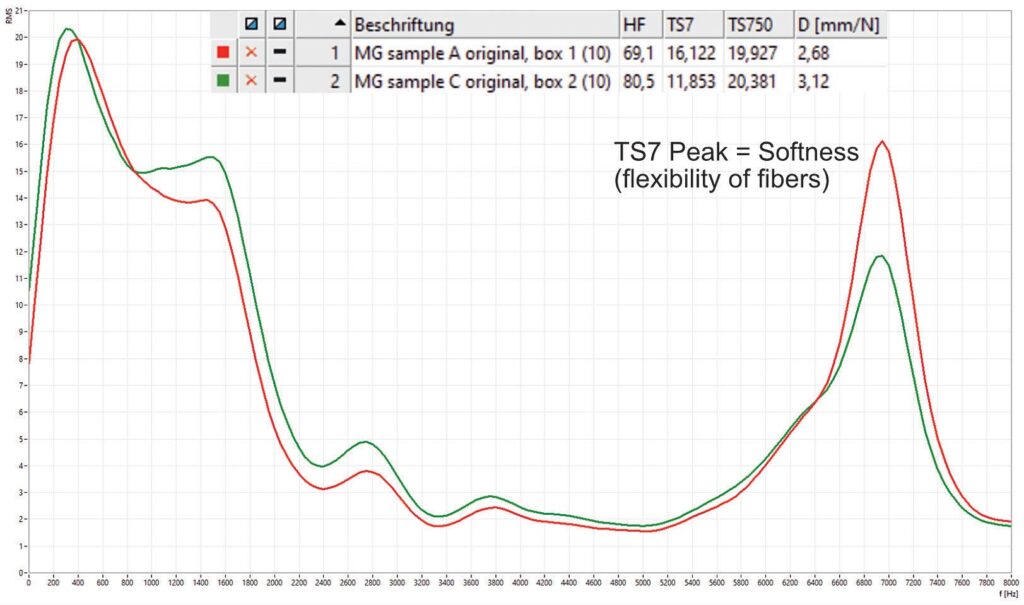With the ongoing global industrialization and heightened focus on hygienic standards, particularly in metropolitan areas, the importance of clean environments and responsible social conduct has become evident. The rapid worldwide spread of Covid-19 served as a stark reminder of the necessity to maintain a certain level of hygiene. Consequently, the tissue paper industry has gained even more significance than ever before.
To address these developments, tissue paper manufacturers must prioritize optimizing and maximizing production output while ensuring product quality. Whether they are producing kitchen rolls, paper towels, toilet paper, napkins, facials or handkerchiefs, each product has specific desired and expected properties that may vary significantly.

For instance, toilet paper or facials require a soft feel, while kitchen rolls need to be tear-proof, especially when exposed to moisture. The addition of Wet Strength Agent (WSA) affects the softness properties of tissue paper products and can be used to tailor specific attributes.
However, in some cases it is important to strike a balance, as increasing the WSA content reduces the material’s softness. Measuring the softness of tissue paper can be achieved using the new TSA Tactile Sensation Analyzer.
This device simulates the human hand and measures various individual parameters, which combine to provide an objective assessment of the subjective hand feel. The WSA primarily impacts the softness parameter (TS7 value) and the deformation value (D), while the surface structure (TS750 value), also known as smoothness or roughness, remains less affected. Softness is determined by the flexibility of individual fibers on the tissue paper’s surface, which is measured using a sound analysis.
Flexible fibers produce less noise, indicating in a softer behavior, while stiffer fibers create more noise, meaning reduced softness. The WSA binds with the fibers, making them harder. The flexibility or stiffness (in-plane) of the base or finished tissue paper product can be measured by subjecting it to a deformation measurement with a certain pressure force. The easier it is to press down the sample, the more flexible the material.
When producing kitchen rolls, wet strength properties are prioritized over softness. In contrast, for toilet paper, softness is crucial and wet strength is less desirable due to water solubility and flushability concerns. Tissue paper handkerchiefs need to be soft on noses but also strong enough not to tear during use.

Achieving this delicate balance requires a precise dosing of chemicals. Insufficient WSA content leads to inadequate wet strength in the final handkerchief, while excessive WSA can cause process interruptions due to anionic pulp turning cationic. Continuing production with excessive WSA adversely affects felt softness, necessitating additional lotion in the converting process to meet the required softness.
However, this solution increases production costs through superfluous chemical consumption, without improving material flexibility. To avoid such issues, constant monitoring of the production process is essential from the beginning. The surface charge of fibers in the pulp, as measured by the zeta potential, reliably indicates whether the desired quality can be achieved.
Armed with this knowledge, tissue paper makers can optimize chemical dosage and preemptively address any potential issues. Realtime information provided by the emtec FPO Fiber Potential Analyzer Online enables process managers to take immediate countermeasures, which ensures process stability and a high-quality end product.

The emtec FPO measures the zeta potential online and automatically transfers the data to the process control system or a web server in real-time. This data includes the surface charge of fibers (fiber zeta potential), streaming potential, conductivity, pH value and temperature. Constantly monitoring the production process becomes particularly important when adjusting process chemicals and additives while changing the tissue paper grade, such as transitioning from kitchen roll to toilet paper.
Furthermore, the device has already proven its efficacy during napkin production, where various properties, including wet strength, softness, as well as certain optical designs that require the use of additional additives (e.g. dyes) to adhere to fibers and color the final napkin.
The emtec FPO is fully automatic, performing sampling, measuring, and cleaning with a very low maintenance effort. It constantly provides relevant process data to the mill’s control system or a data cloud, accessible from anywhere globally by authorized personnel. The device can be installed at various points in the tissue paper machine, alternately taking samples before and after dosing points for additives, for example. It can perform a maximum of six measurements per hour, though four measurements per hour are standard, depending on process adjustments.
Online tools such as the emtec FPO, which provide real-time data, enable the industry to further digitize and automate the papermaking process. The device does exactly what a test device in the Industry 4.0 should do. Given the importance of constant quality control and the ability to access data from anywhere, several countries support their economies’ path towards automation through various funding programs.



